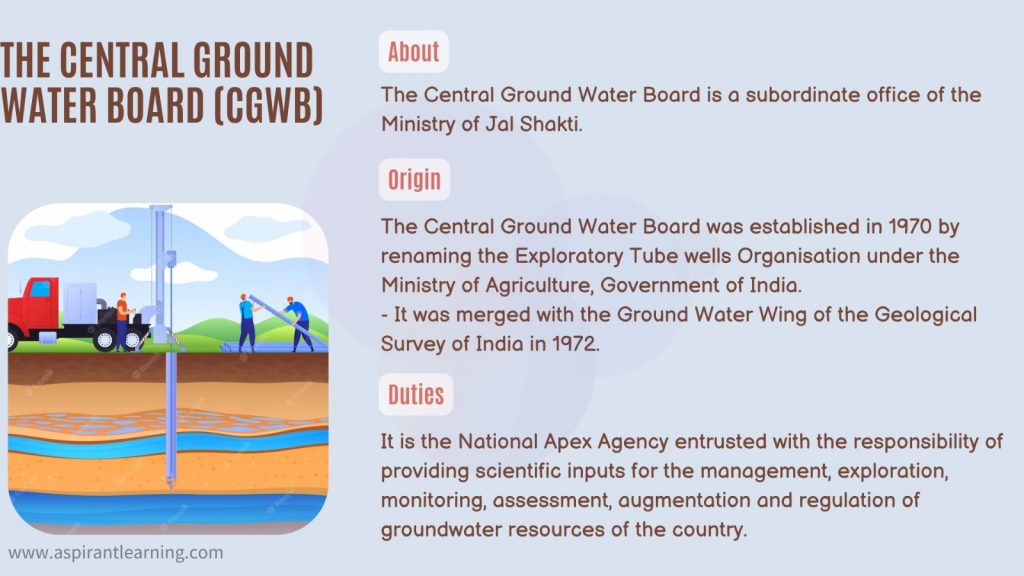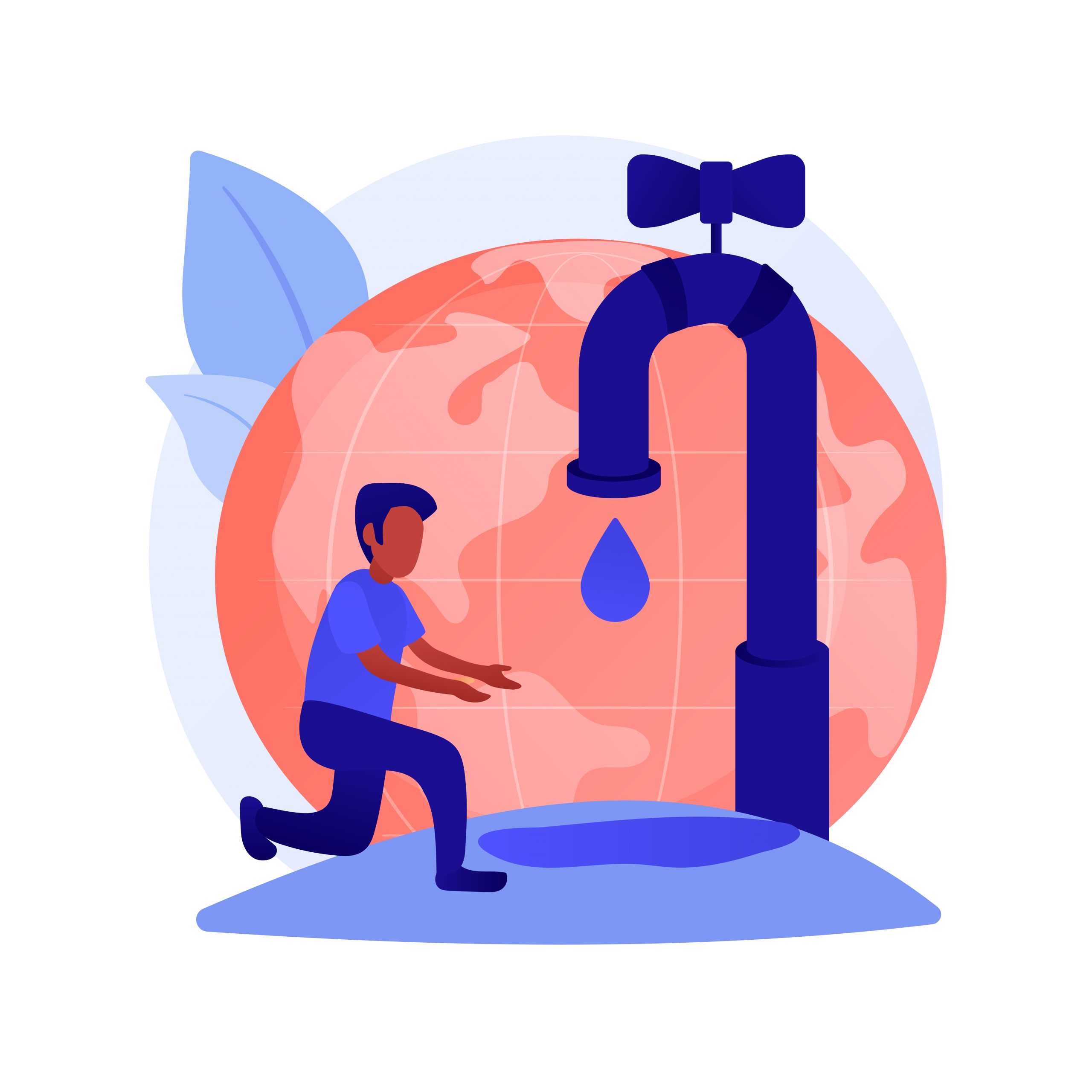News Highlight
The run-up to UN Water Conference: A third of people surveyed by a global study suffers from a freshwater shortage.
Key Takeaway
- Strong concerns about freshwater shortages have increased over the past few years, from 49% in 2014 to 61% in 2022.
- According to the global research published just days before the UN 2023 Water Conference, 58% of people in 31 nations are severely concerned about freshwater shortages.
- It is said to influence 30% of the population significantly
UNECE Water Convention
- About
- The Convention on the Conservation and Use of Transboundary Watercourses and International Lakes was signed in Helsinki in 1992 and became effective in 1996.
- The Water Convention was revised in 2003 to allow nations outside the UNECE region to join.
- The Water Convention will be 30 years old in 2022.
- It is a one-of-a-kind international legal tool and an intergovernmental forum.
- It seeks to secure the sustainable use of transboundary water resources by facilitating pan-European collaboration.
Water Scarcity in India
- Overview
- India has 4% of the world’s freshwater supply, but it must feed 17% of its people.
- According to a NITI Aayog report released in June 2019, India is experiencing its worst-ever water crisis.
- Water scarcity affects 600 million people in India, accounting for around 45% of the population.
- According to the estimate, nearly 40% of the population will have no access to drinking water by 2030.
- As well as the water problem will cost India 6% of its GDP by 2050.
Reasons for Water Crisis
- Pollutants are being discharged into the water
- In rivers, sewage water and untreated industrial contaminants are dumped.
- This is due to a failure to meet effluent regulations.
- Cities need more sewage treatment infrastructure.
- Inappropriate mining methods also degrade water quality and harm neighbouring aquifers.
- Climate Change
- Climate change is modifying weather patterns, which leads to extreme weather events, variable water availability, worsening water scarcity, and contaminated water sources.
- Such effects can majorly impact the quantity and quality of water humans require.
- Encroachment of water bodies
- Water sources are being infringed upon to meet the infrastructure needs of developing cities.
- Water wastage
- Water is being overused and wasted due to excessive subsidies and ignorance.
- Uncontrolled irrigation water use and a lack of conservation initiatives have significantly impacted groundwater levels in Punjab and Haryana.
- More than 10% of the water bodies in rural areas are no longer required.
- Over-dependence on groundwater
- Agriculture, according to statistics, consumes more than 85% of fresh water.
- Because of an overreliance on groundwater for crop cultivation, such as paddy and sugarcane.
- It requires a lot of water, which is currently a concern in several regions, notably Punjab, Haryana, and western Uttar Pradesh.
- Policy Paralysis
- The National Water Policy prioritises irrigation.
- The water administration has been suffering from hydro-schizophrenia since the country’s independence.
The consequences of an increased water crisis
- Negative Effects on Health
- The presence of contaminants in the water, such as fluoride, chloride, and nitrate, causes deformities in children.
- It promotes premature hair greying as well as skin-related disorders.
- Water contaminated with uranium traces can cause serious ailments such as cancer.
- Economic consequences
- According to a World Bank assessment, water scarcity caused by climate change might cost certain regions up to 6% of their GDP.
- Affecting food security
- Water scarcity will influence agricultural productivity.
- Food security will suffer due to the increasing population burden on farmers.
Steps taken by the government to reduce the water crisis
- Jal Shakti Abhiyan (JSA)
- It was launched in 2019 as a campaign for water conservation, recharge, and rainfall gathering in 256 water-stressed districts.
- It presently includes all 740 districts in the country.
- Amrit Sarovar
- The Mission calls for developing and revitalising each district’s 75 water bodies.
- The Union Government intends to build 50,000 Amrit Sarovars across India by August 2023.
- Atal Bhujal Yojana
- The initiative prioritises recharge and better utilisation of groundwater resources.
- It aims to develop the institutional structure and effect behavioural changes at the community level to achieve long-term groundwater resource management.
- Ganga Rejuvenation
- Since 2011, the World Bank has assisted the Government of India in revitalising the Ganga River.
- Two World Bank projects totalling $1 billion are assisting in establishing the organisations required to manage the river.
- Create the infrastructure required to keep it clean.
- Ministry of Jal Shakti
- Establishing the Ministry of Jal Shakti is a major step in overcoming hydro-schizophrenia.
- It will combine the irrigation and drinking water agencies into a single ministry.

Way Forward
- According to Jal Shakti Abhiyan, the key priority should be enumerating, geo-tagging, and compiling an inventory of all existing water bodies.
- It is critical to take all necessary safeguards to prevent encroachment.
- Governments must work together along hydrological lines rather than administrative ones to improve water management and reduce inter-state water conflicts.
Pic Courtesy: freepik
Content Source: Down to Earth



